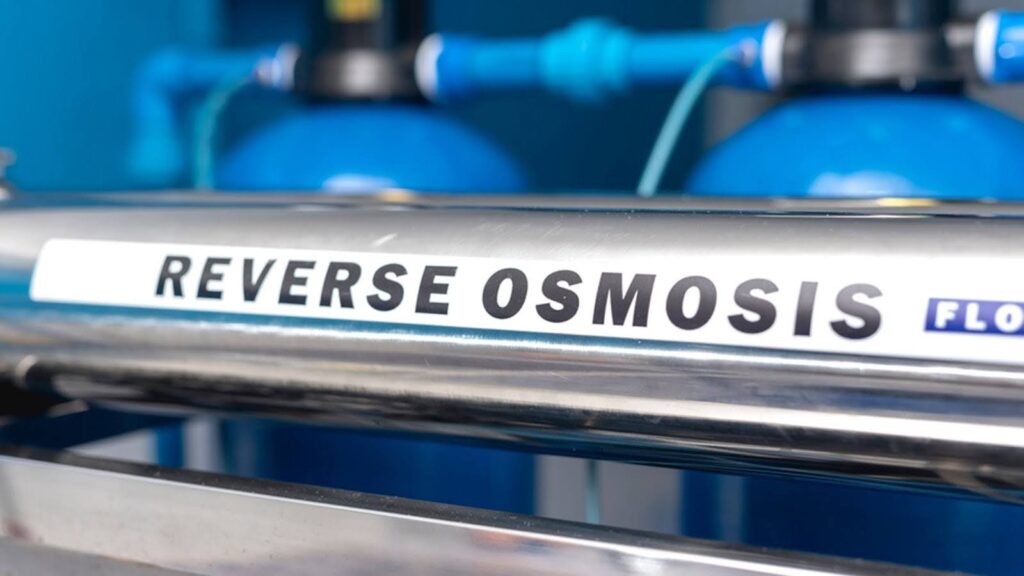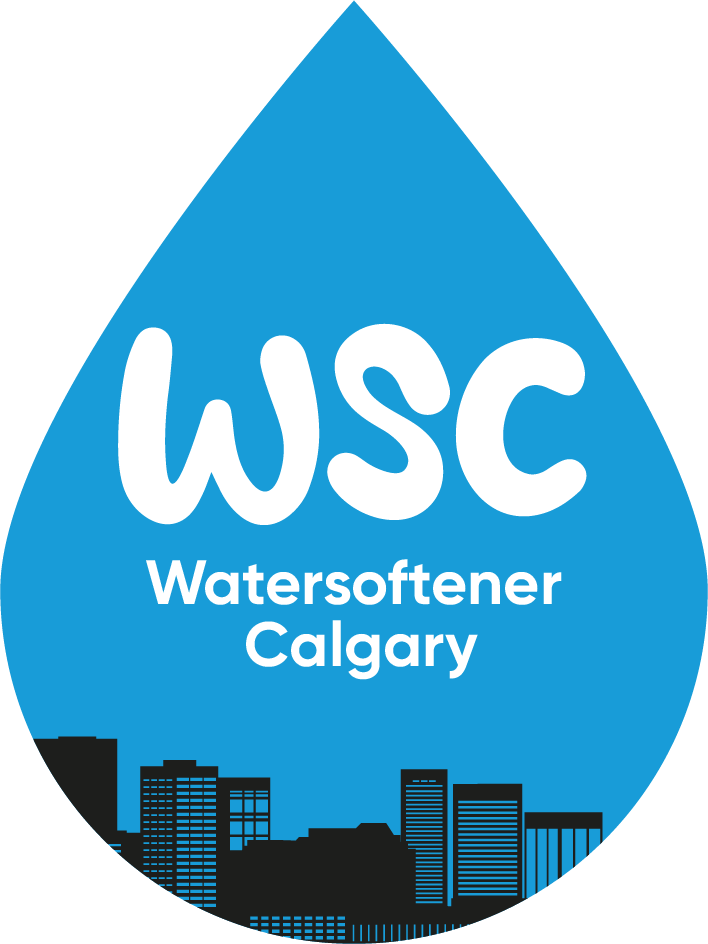If you’re tired of scrubbing water spots off your faucets or spending money on bottled water, you’ve probably already started looking into home water treatment systems. Two of the most common solutions? Reverse osmosis (RO) and ion exchange softeners.
Both improve water quality. Both are widely available in Calgary. But they address different problems in different ways.
So which one is right for your home?
This guide compares the two methods side by side, explains how they perform in Calgary’s specific water conditions, and helps you decide whether you need one or both.

Table of Contents
ToggleReverse Osmosis vs. Ion Exchange: What They Do Best
The biggest misconception is that reverse osmosis and ion exchange are interchangeable. In reality, they solve different problems and are often used together.
| Feature | Reverse Osmosis (RO) | Ion Exchange Softener |
| Primary Purpose | Purifies drinking water | Softens water for the whole home |
| Removes Hardness Minerals | No | Yes |
| Removes Contaminants | Yes (lead, chlorine, etc.) | No |
| Improves Taste/Odor | Yes | No |
| Affects Soap Lather/Skin | No | Yes |
| Installation Scope | Usually under-sink | Whole-home integration |
Reverse Osmosis: The Purist’s Choice
RO systems force water through a semi-permeable membrane, removing up to 99% of dissolved solids, including:
- Lead, arsenic, and fluoride
- Chlorine, nitrates, and pesticides
- Sediments and microplastics
In Calgary, RO systems are typically installed under a kitchen sink with a dedicated drinking faucet.
Pros:
- Excellent for drinking and cooking
- Greatly improves taste, smell, and clarity
- Removes health-risk contaminants
Cons:
- Produces wastewater during filtration (about 3:1 ratio)
- Slower flow rate compared to the tap
- Only treats water at one faucet, not the whole house
- Does not address hard water minerals (calcium and magnesium)
Ion Exchange: The Whole-Home Workhorse
Ion exchange systems soften water by swapping calcium and magnesium ions with sodium or potassium. This addresses:
- Scale buildup in pipes, taps, and water heaters
- Appliance wear and tear
- Poor soap lathering
- Skin and hair irritation
Installed at the home’s water entry point, ion exchange ensures that every tap, shower, and appliance receives softened water.
Pros:
- Ideal for Calgary’s tough water (~180 mg/L)
- Protects plumbing and appliances
- Reduces soap and detergent use
Cons:
- Does not purify water or improve taste
- Requires ongoing salt refills and servicing
- Adds a small amount of sodium to water
For more details on how ion exchange compares to other technologies, see our Salt-Based vs. Salt-Free Water Softeners guide.
Where They Fit Best in Your Home
Rather than thinking of them as competitors, many Calgary homeowners use both systems for complete coverage.
Use RO for:
- Drinking water
- Cooking and coffee
- Baby formula and medical needs
Use Ion Exchange for:
- Showers and baths
- Washing clothes and dishes
- Extending the life of water heaters and fixtures
Local Conditions Matter: Calgary’s Water Profile
Here’s why RO and ion exchange work well together in Calgary:
- Hardness: ~180 mg/L calcium carbonate (very hard)
- Chlorine: Present at moderate levels
- Fluoride: Added by the City of Calgary for dental health
Ion exchange removes the hardness that causes scale and damage to appliances. RO handles chlorine, fluoride, and other contaminants for drinking water.
Energy and Efficiency Insights
| Consideration | Reverse Osmosis | Ion Exchange |
| Electricity Use | Low to none | Moderate (valves/timers) |
| Wastewater | Yes (3:1 ratio) | Yes (brine regeneration) |
| Filter/Resin Changes | Filters every 6–12 months | Resin every 7–10 years |
| Salt Requirement | None | Yes (monthly bags) |
Homeowner Feedback in Calgary
Common RO feedback:
- “Our drinking water tastes like bottled water.”
- “No chlorine smell in coffee or tea.”
Common ion exchange feedback:
- “No more scale in our kettle or humidifier.”
- “Shower glass and faucets stay clear.”
When used together, homeowners report fewer plumbing issues, lower cleaning costs, and noticeably better quality of life.
When to Choose One Over the Other
| Goal | Recommended System |
| Health-focused purification | Reverse Osmosis |
| Whole-home scale prevention | Ion Exchange |
| Skin and hair improvement | Ion Exchange |
| Better taste for cooking/coffee | Reverse Osmosis |
| Complete solution | Use both together |
Conclusion
It’s not really a choice between reverse osmosis and ion exchange; it’s about understanding what each system does best.
For Calgary homeowners, the most effective approach is often combining the two:
- Ion exchange for whole-home protection against hard water
- Reverse osmosis for pure, great-tasting drinking water
For a broader understanding of all water softener options, visit our Comprehensive Guide to Water Softener Technologies in Calgary
Call Us: 587-400-0790
Email Us: hello@watersoftenercalgary.ca



